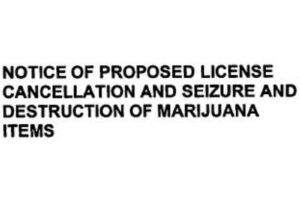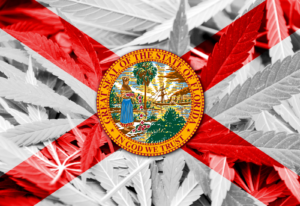While the Food and Drug Administration (the FDA) continues to drag its feet in forging a legal path for the manufacture, sale, and distribution of hemp-derived products, state regulators are keeping up with the demands of this evolving market and adopting increasingly more nuanced and more sophisticated regulations for these products.
Several states, including Oregon and Colorado, first established hemp regulations in 2015, following the enactment of the 2014 Farm Bill. Though fairly comprehensive at the time, these regulations quickly became too broad to adequately regulate the wide range of product categories that eventually emerged on the market. To address this issue, these states have had to amend their regulations frequently to keep up with industry.
Earlier this year, the Colorado Department of Public Health and Environment (the CDPHE) adopted a new set of rules that recently went into effect (the labeling requirements as well as some of the testing requirements went into effect on July 1) and now constitute one of the most comprehensive regulatory frameworks in the country.
Many of the CDPHE’s newly adopted rules address issues that have become hugely important to the industry but have yet to be addressed by state regulators – and the FDA. Some of these issues are outlined below.
Nomenclature
The CDPHE regulations authorize the sale of hemp-derived foods, dietary supplements and cosmetics provided these products contain ingredients derived from an “approved source.” The term “approved source” includes CDPHE registered manufacturers and wholesalers but also out-of-state products that come from states and countries that regulate these products to ensure their safety for human consumption. By adopting a broad definition of the term “approved source”, the CDPHE acknowledged that many hemp-derived products sold in the state come from other jurisdictions and that there is a need to regulate, even if partially, these products.
The regulations also define terms like “broad spectrum”, “cannabinoids”, “full spectrum”, “industrial hemp extract” and “unfinished industrial hemp products”, showing the need to clearly identify but also differentiate the wide range of hemp-infused products now available in the U.S. and to tailor regulations to fit the specificities and intricacies of each product category.
Processing and Manufacturing
State manufacturers and processors must be registered with the CDPHE and must meet specific manufacturing requirements, such as establishing a very detailed, written recall plan, in accordance with federal law.
Testing
In addition to testing the products for conforming levels of THC and total THC, the CDPHE is requiring that as of August 1, hemp-infused products manufactured in the state be tested for over 100 pesticides, microbials, heavy metals and residual solvents to ensure they are safe for human consumption.
Labeling
The new regulations mandate that the product labels comply with the general labeling requirements imposed under the Federal Food, Drug and Cosmetic Act, including the identification of allergens for foods and dietary supplements, and, whenever necessary, of warning statements to prevent a health hazard that may be associated with a cosmetic product. Upon the adoption of these new rules, the CDPHE also published very detailed labeling guidelines for each products category it regulates: Foods, dietary supplements, and cosmetics.
Other notable labeling requirements include: (1) identifying each isolated cannabinoid as an ingredient and their concentration in milligrams; (2) listing the levels of THC per serving and total THC per finished product package; and (3) incorporating a code or numbering system that identifies the date and location of manufacturing and packaging so the products can easily be tracked in the event of a recall.
Transportation
The CDPHE is also imposing transportation requirements, mandating that unfinished and finished hemp products be packaged and transported in a manner where they will be protected from adulteration, allergen cross-contact, environmental contamination, and any other hazards.
—
If you follow this blog, you may have noticed that the CDPHE’s regulations mirror many of the proposed regulations released by the New York Department of Health in October 2020, which, back then, we had described as “the most comprehensive” set of regulations to date. You can read more on this issue here and here.
What these newly adopted regulations and proposed regulations suggest is that state regulators are anticipating upcoming federal regulations and proactively aligning their requirements with those already imposed by federal law.
Moreover, by adopting high-quality testing standards and mandating more transparency and accuracy in the labeling and marketing of these products, state regulators are helping legitimize the industry, build consumer confidence and expand this promising market. Now all we can hope for is that the leadership of these states will inspire the FDA to finally serve its administrative functions, enable the industry to follow its course and succeed.
























